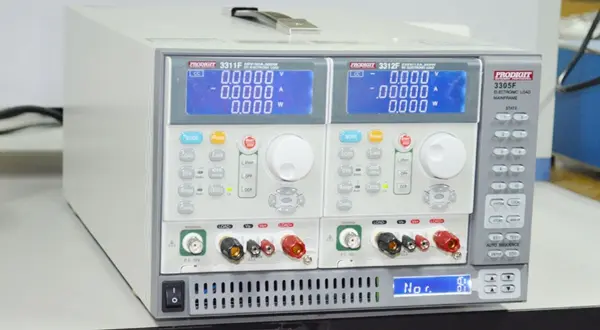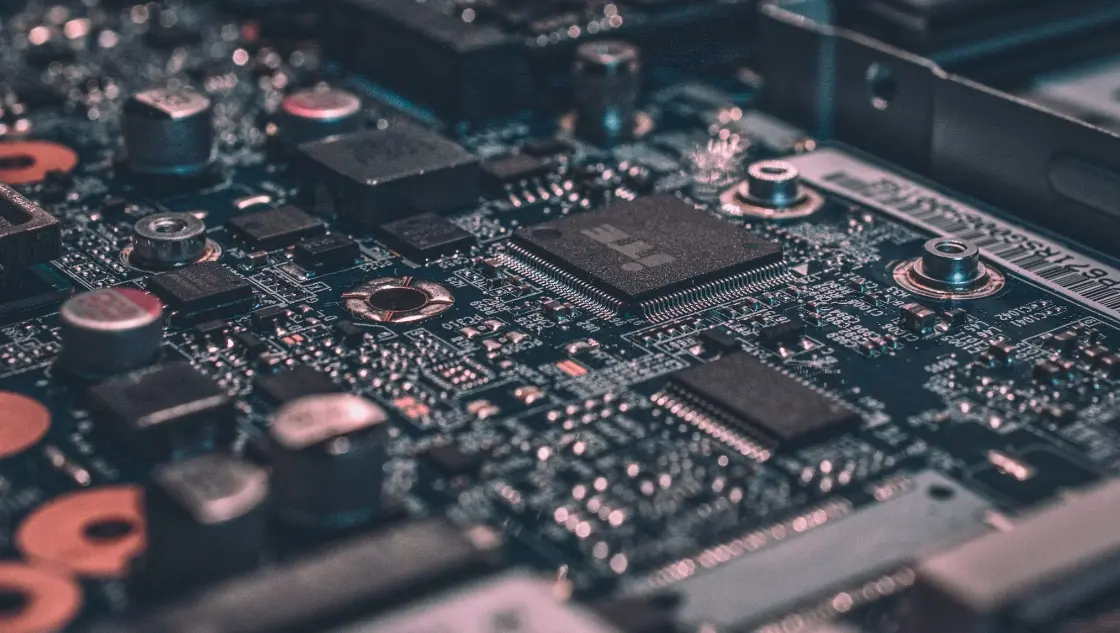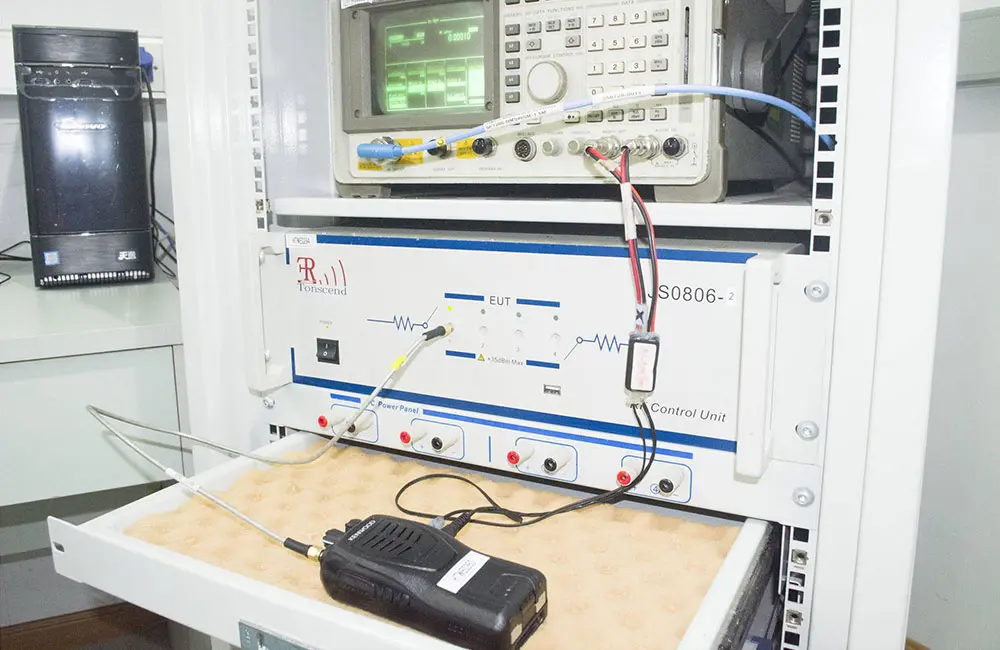
EN50498 Certification Standard for Electronic Devices
In the complex system of in-vehicle electronic product certification, the EN50498 standard plays a crucial role. With the rapid advancement of automotive intelligence, a wide variety of in-vehicle electronic devices have emerged—ranging from common car chargers and car refrigerators to sophisticated in-vehicle audio-visual entertainment systems. While these devices bring convenience, they also raise a series of electromagnetic compatibility (EMC) concerns.

EN50498 is a European standard specifically developed for emc compliance of in-vehicle electronic devices. As a harmonized European EN standard, it defines a self-declaration CE certification method. Simply put, if an in-vehicle electronic product complies with EN50498, the manufacturer can self-declare conformity to relevant EU directives and affix the CE mark to sell the product in the EU market. The purpose of this standard is to ensure that electronic products function properly in the complex electromagnetic environment of vehicles and do not cause harmfUL electromagnetic interference to other devices.
What Products Are CoveRED by EN50498?
EN50498 covers a wide range of products, primarily those defined under Article 3.2.9 of Annex I of Directive 2004/104/EC on automotive EMC, as well as those defined in the annex of Directive 2014/30/EU. In simple terms, it applies to electronic products that do not affect driving safety and can be removed without impacting the vehicle’s normal function.
Common examples include car chargers, which draw power from the cigarette lighter socket to charge electronic devices. Due to their specific usage scenario, they must meet EN50498 to ensure they do not interfere with other in-vehicle electronic devices during operation. Car refrigerators—whether thermoelectric or compressor-based—must also comply to avoid EMC issues that could affect their cooling performance or other electronics in the vehicle. In-vehicle entertainment products like car DVD players and audio systems enrich our journeys but must comply with EN50498 to ensure their operation does not interfere with navigation systems, vehicle computers, and other devices.
What About Products with Wireless Communication?
In-vehicle products with wireless communication functions must meet the EMC requirements of EN50498 and may also need to comply with the Radio Equipment Directive (RED).
The RED (2014/53/EU), which replaced the R&TTE directive, applies to products that use radio signals at specific frequencies for information and data transmission. It ensures the safety, EMC, and efficient spectrum use of wireless devices. For instance, car Bluetooth speakers and Wi-Fi routers must pass RED certification to be legally sold in the EU. A Bluetooth speaker, for example, must function reliably in a complex electromagnetic environment without interfering with other devices. It must also ensure that its spectrum usage does not conflict with other in-vehicle wireless devices.
Key Tests in EN50498
EN50498 includes four main test categories to comprehensively evaluate the EMC performance of in-vehicle electronic products:
1. Broadband Radiated Emissions Test
This test evaluates electromagnetic radiation from 30 MHz to 1000 MHz. Devices must operate in typical modes and maximum emission states.
- 30–75 MHz: Limit is quasi-peak 62–52 dBµV/m (linearly decreasing)
- 75–400 MHz: Limit is quasi-peak 52–63 dBµV/m (linearly increasing)
- 400–1000 MHz: Limit is quasi-peak 63 dBµV/m
This is like checking a "loudspeaker" to see if its "volume" exceeds limits at various frequencies, potentially interfering with other "listeners" (devices).
2. Narrowband Radiated Emissions Test
Also from 30 MHz to 1000 MHz, but focuses on emissions in narrow frequency bands.
- 30–75 MHz: Limit is average 52–42 dBµV/m (linearly decreasing)
- 75–400 MHz: Limit is average 42–53 dBµV/m (linearly increasing)
- 400–1000 MHz: Limit is average 53 dBµV/m
This test aims to identify "abnormal noises" in specific frequencies that might interfere with vehicle communications, such as Bluetooth.
3. Conducted Transient Emission Test
Measures transient disturbances conducted through power lines.
- For 12V systems: max +75V (positive), -100V (negative)
- For 24V systems: max +150V (positive), -450V (negative)
For instance, a car charger with excessive conducted emissions may interfere with other devices via the car's power system.
4. Conducted Transient Immunity Test
Based on ISO7637-2, this test checks product immunity to transient pulses on vehicle power lines.
- Pulses: 1, 2a, 2b, 3a, 3b, 4
- D-class compliance is sufficient, meaning the device may temporarily malfunction and require manual restart to resume normal function.
For example, a car audio system might mute or stutter during pulse testing but can be restarted afterward.
CE Certification vs. E-Mark Certification
Applicability:
- CE: Applies broadly to products sold in the EU, including electronics, machinery, construction, PPE, toys, etc.
- E-Mark: Applies specifically to vehicles and automotive components (cars, motorcycles, trailers, lights, tires, etc.).
Regulatory Basis:
- CE: Based on various EU directives and harmonized standards, frequently updated to adapt to new products and technologies.
- E-Mark: Based on UNEce regulations, with different components governed by different ECE rule numbers.
Process and Labeling:
- CE: Manufacturers test the product (internally or via a lab), compile technical files, and submit to a notified body for approval. Once approved, the CE mark may be affixed.
- E-Mark: Manufacturers apply to an EU member state's certifying body, submit detailed technical documentation, undergo testing per ECE regulations, and receive the E-Mark certification upon passing. The E-Mark label can then be used on the product.
Summary of Key Points on EN50498
EN50498 provides essential guidelines for the circulation of in-vehicle electronic products in the EU market. It clearly defines the scope of applicable products, sets standardized testing protocols, and ensures compatibility in complex electromagnetic environments. For manufacturers looking to export automotive products to the EU, a deep understanding of the EN50498 standard and related certifications is key to unlocking access to the European market. We hope this article offers helpful guidance on certification processes and supports your success in global markets.
Email:hello@jjrlab.com
Write your message here and send it to us
 How to Get WEEE Certification
How to Get WEEE Certification
 Labubu Toy Export Certification Guide
Labubu Toy Export Certification Guide
 How to Get MSDS Sheets
How to Get MSDS Sheets
 What is GPSR Compliance?
What is GPSR Compliance?
 What is Vietnam CR Certification?
What is Vietnam CR Certification?
 What Is an Amazon Japan Agent?
What Is an Amazon Japan Agent?
 Amazon Children’s Toys TIC Direct Validation Compl
Amazon Children’s Toys TIC Direct Validation Compl
 How to Obtain CCC Certification for Toys?
How to Obtain CCC Certification for Toys?
Leave us a message
24-hour online customer service at any time to respond, so that you worry!




